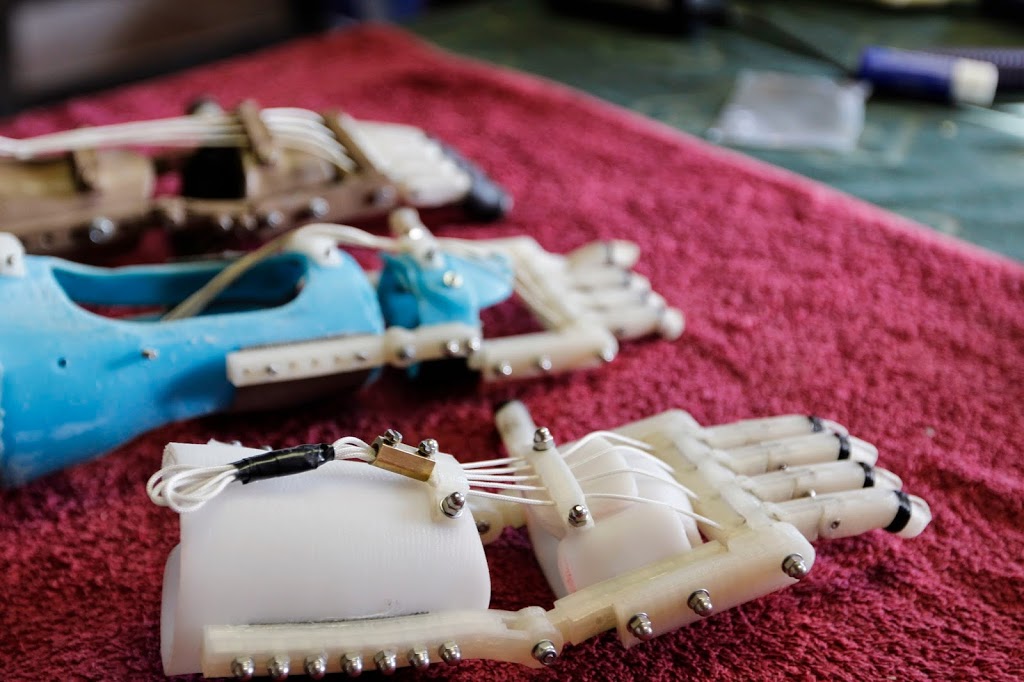 |
| Breakthrough in medical devices, aerospace, automotive and other industries means that regulations for 3D printing are starting to become increasingly important. (Robohand image via MakerBot) |
High-tech industries such as aerospace and medical fields are turning to 3D printing as a replacement for standard manufacturing. What was once used as a way to produce prototypes, toys and other novelties is fast becoming a manufacturing staple in these highly competitive markets.
That kind of change in production has got federal regulators tapping the brakes. Concerns about the safety and consistency of 3D printed components means developing new testing mechanisms to prove their safety and efficiency.
Proving Effectiveness
According to a recent article in Financial Times, the concerns are based on the fact that 3D printing is a completely new way of making things in comparison to conventional manufacturing techniques. The tried and true methods of molding and pressing have gone through years of testing to prove their efficiency. The concerns are based on the lack of historical data to prove how printed products will react over time, the level of quality and the types of materials that are used.
Unknown Capabilities
Anytime a new technology enters the marketplace, it has to prove that it can at least meet, if not exceed the standards set by the current technology. It’s only recently that 3D printing has become a viable option for production of anything more than a prototype. The technology continues to improve as innovative companies seek ways to streamline production, reduce costs and improve productivity. However, it’s not just a matter of replacing standard manufacturing, at least not immediately. 3D printing is still in its infancy and it will be some time before it is completely mainstream.
Testing For Quality
Some medical device manufacturers are testing 3D printed parts in laboratories in collaboration with the FDA. The FAA is working with aviation companies to use labs and x-ray technology to test parts. Gaining approval from these governing agencies allows these industries to further push the boundaries of 3D printing. In both cases, testing and proving the efficacy of the 3D printed components is the only way to gain approval for sale to consumers or businesses.
Material Differences
There are tens of thousands of different types of plastics that are used in traditional manufacturing methods. With 3D printing, there are only around 2,000 plastics that can be used. Switching to a 3D printing model requires a change in materials, which compounds the concerns. The techniques used to mold and shape current plastics have been using a new type of untested plastic without thorough testing could have disastrous consequences. At the very least, the new material has to function as well as the one it is replacing.
It’s clear that there is a very bright future for 3D printing in many different industries. In fact, it’s estimated that the market will be worth in excess of 20 billion U.S. dollars. It is up to industry leaders and government regulators to navigate this uncharted territory to achieve the common goal. In the end, the objective is to get well-made, safe and effective products into the marketplace.
